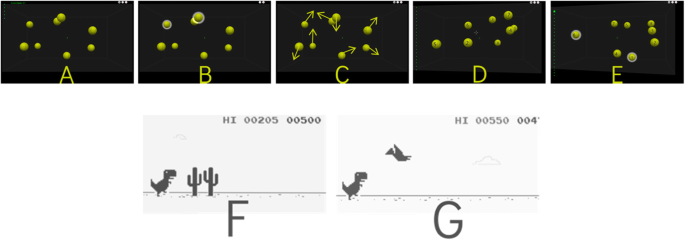
The computerized nature of Neurotracker means that test conditions can be kept identical between baseline and post-injury sessions, reducing the effect of environmental confounds. This allows direct comparison of an individual to themselves, rather than to population norms, which may be valuable given the variability seen in concussion symptoms and severity. A participant’s score tends to normalize at a particular level, and a decrease in score may be indicative of concussion. We hypothesize that the presence of concussive injury can be detected by comparing Neurotracker scores obtained following the suspected injury to baseline scores established prior to the athletic season. It has been suggested that it could also be used to detect the presence of concussion in athletes, but this has never been tested in the largest population of athletes, school-age children.

This program has been used by Manchester United, the Vancouver Canucks, the Pittsburgh Penguins, and many other organizations both to train athletes’ cognitive-perceptual abilities and to aid rehabilitation following concussion. The average speed of the balls across the 20 trials is recorded as the score for the session. This is repeated for a total of 20 trials in a session, with the speed of the balls changing after each trial until it stabilizes at the level where the participant makes few or no errors. The balls then stop moving and the participant identifies which of the four balls correspond to the targets identified at the beginning. Four briefly turn orange, then turn back to yellow, and all eight balls begin to move around a virtual box for eight seconds.

This is especially dangerous for concussed athletes, as they have a decreased ability to process and integrate visual information at a time when they need these skills to avoid hurting themselves again, potentially bringing on more serious outcomes seen with multiple concussions.Ī session of Neurotracker starts with the participant looking at a stationary 3-D display of eight yellow balls. Neurotracker is a computer program (designed and owned by Cognisens, inc.) which uses a 3-D object-tracking task to test patient’s visual cognitive-perceptual abilities.These skills underlie our ability to track objects using peripheral vision and predict where they will be after we look away, and are a common area where deficits will be seen after concussion.


 0 kommentar(er)
0 kommentar(er)
